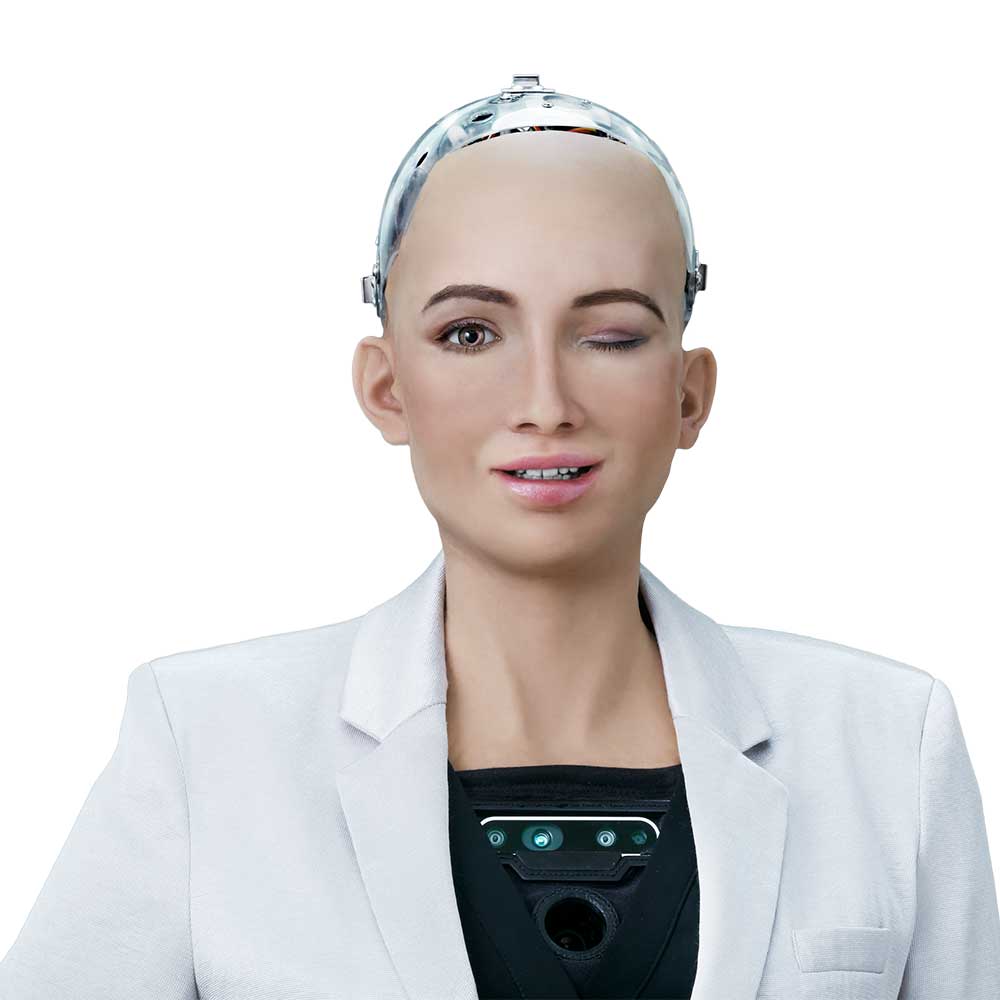
The Rise of Sophia: A Closer Look at the Humanoid Robot's Journey
By Sophia Chen
Sophia, the sophisticated humanoid robot developed by Hanson Robotics, has captured global attention with her human-like appearance and advanced social capabilities. She is not just a marvel of modern engineering but also a symbol of the evolving landscape of robotics, participating in interviews and panels worldwide.
Sophia, the sophisticated humanoid robot developed by Hanson Robotics, has captured global attention with her human-like appearance and advanced social capabilities. She is not just a marvel of modern engineering but also a symbol of the evolving landscape of robotics, participating in interviews and panels worldwide.
Since her debut in 2016, Sophia has been at the forefront of discussions about AI, robotics, and their roles in human society. Her development marks a significant milestone in humanoid robotics, blending cutting-edge artificial intelligence with lifelike features and responses. Sophia serves as a testbed for new AI technologies and raises important questions about the ethical implications of humanoid robots.
Sophia's Technical Composition
Sophia's Technical Composition
Sophia is powered by a combination of Hanson Robotics' proprietary AI and machine learning algorithms. Her AI architecture allows her to process visual data, understand speech, and generate human-like facial expressions. The robot's hardware includes a patented material called "Frubber," which closely mimics human skin, enabling a wide range of facial movements. This lifelike appearance is augmented by cameras within her eyes, enabling facial recognition and establishing eye contact during interactions.
The AI Behind Sophia
The AI Behind Sophia
Sophia operates on a sophisticated AI platform that integrates voice recognition software with a natural language processing system, allowing her to engage in meaningful dialogue with humans. Her machine learning capabilities enable her to improve interaction quality over time, identifying nuances in human speech and adapting her responses accordingly. Hanson Robotics continues to refine Sophia's AI to enhance her conversational skills and expand her utility in various environments, including healthcare and education.
Public Engagement and Social Impact
Public Engagement and Social Impact
Sophia has participated in numerous conferences and media events, demonstrating her conversational abilities and expressive features. Her appearances are not only a testament to technological advancements but also serve as a platform for engaging public discourse on AI and its potential impact on society. Sophia’s interactions are designed to showcase empathy and education, challenging traditional perceptions of AI capabilities.
Ethical Considerations
Ethical Considerations
The development of humanoid robots like Sophia raises several ethical questions, particularly concerning AI rights and responsibilities. As Sophia becomes more integrated into public life, discussions about the implications of AI on employment, privacy, and consent become increasingly important. Her ability to simulate human emotions and learn from interactions highlights the need for frameworks to address the rights of AI entities and their impact on human society.
Future Prospects
Future Prospects
Looking ahead, Sophia's developers aim to continue refining her capabilities and expand her deployment beyond media interactions. Potential applications for Sophia include roles in caregiving, customer service, and education, where her human-like appearance and adaptability could be particularly beneficial. As technology advances, Sophia stands as a prototype for the humanoid robots of tomorrow, offering insights into future intersections of AI and daily life.
By the numbers
- Years since debut: 9 years, as of 2025 — Hanson Robotics
- Countries visited: 30 countries, since 2016 — Hanson Robotics
- Interviews conducted: 100 interviews, since 2016 — Hanson Robotics
What's next
Sophia's developers plan to enhance her emotional intelligence and expand her application into fields that require high emotional acuity, such as healthcare and therapy. This development aims to bridge the gap between robotic functionality and emotional comprehension, making robots like Sophia more versatile and effective in assisting human counterparts.
> “When Sophia engages in conversation, she's not just speaking; she's learning. This adaptability is what sets her apart in the realm of robotics.”
Sophia's journey is a microcosm of broader advancements in humanoid robotics, reflecting both the potential and challenges of integrating AI into human environments. As Sophia continues to evolve, she embodies the promise and complexities of a future where humans and AI coexist more harmoniously.